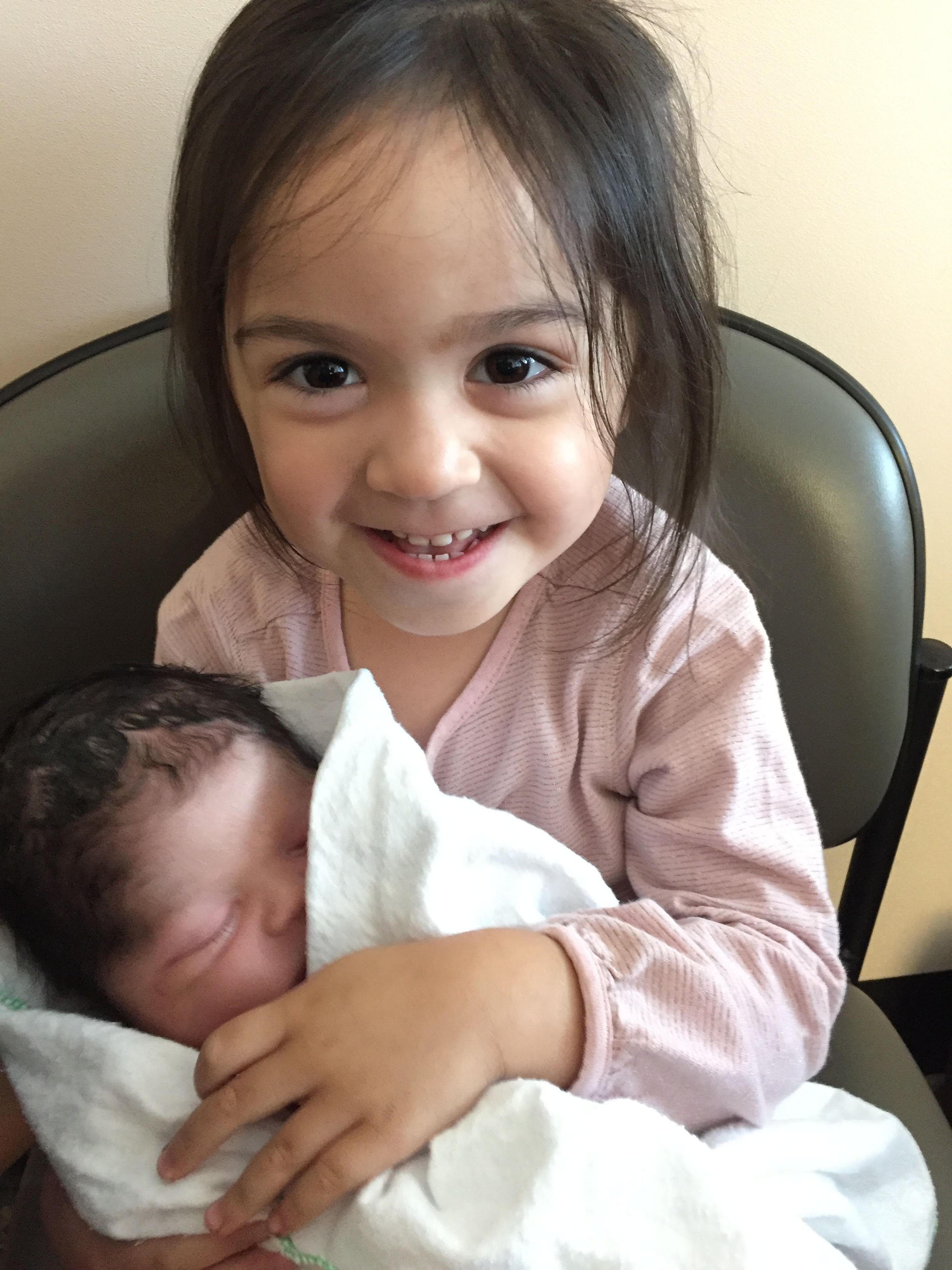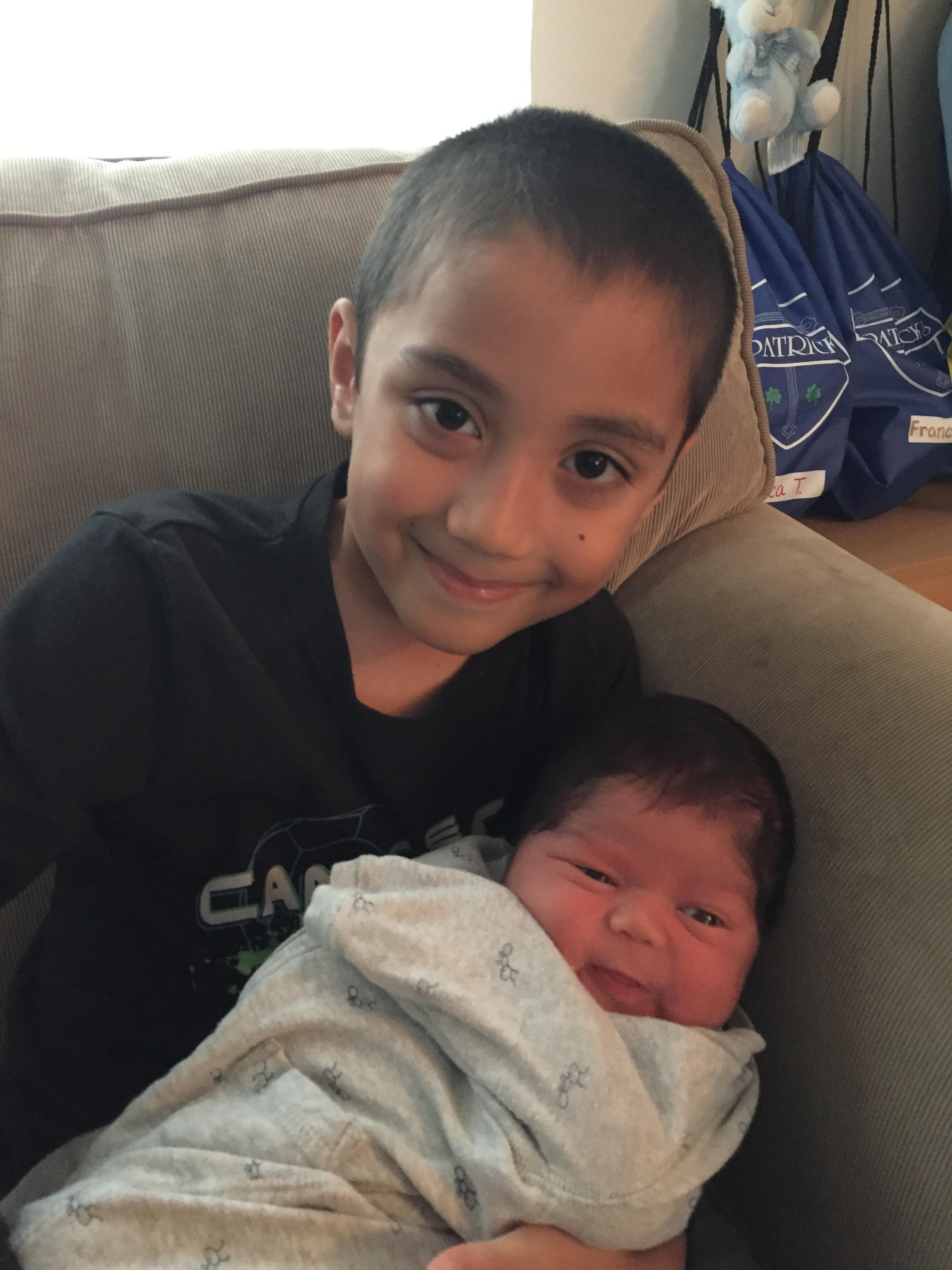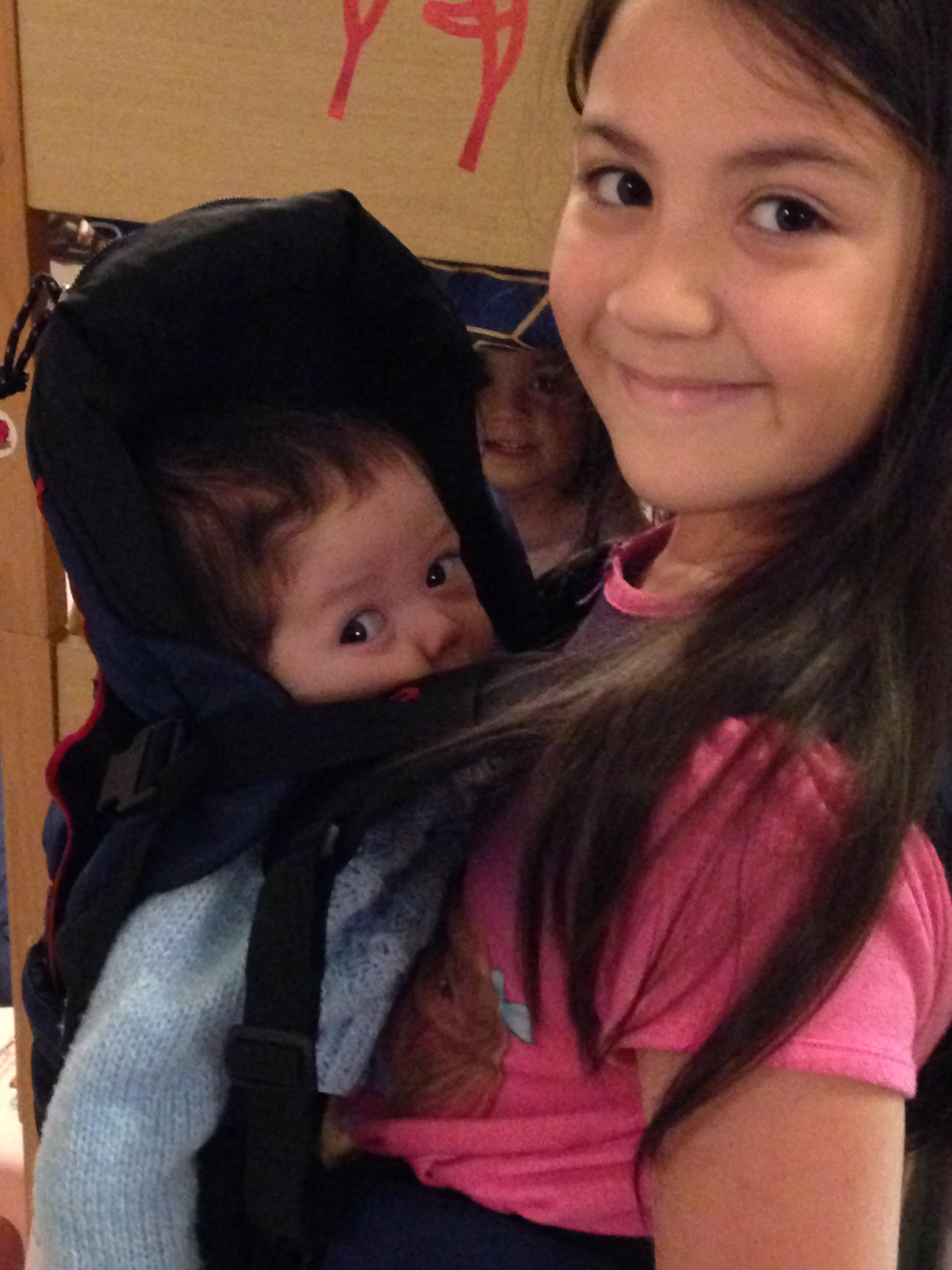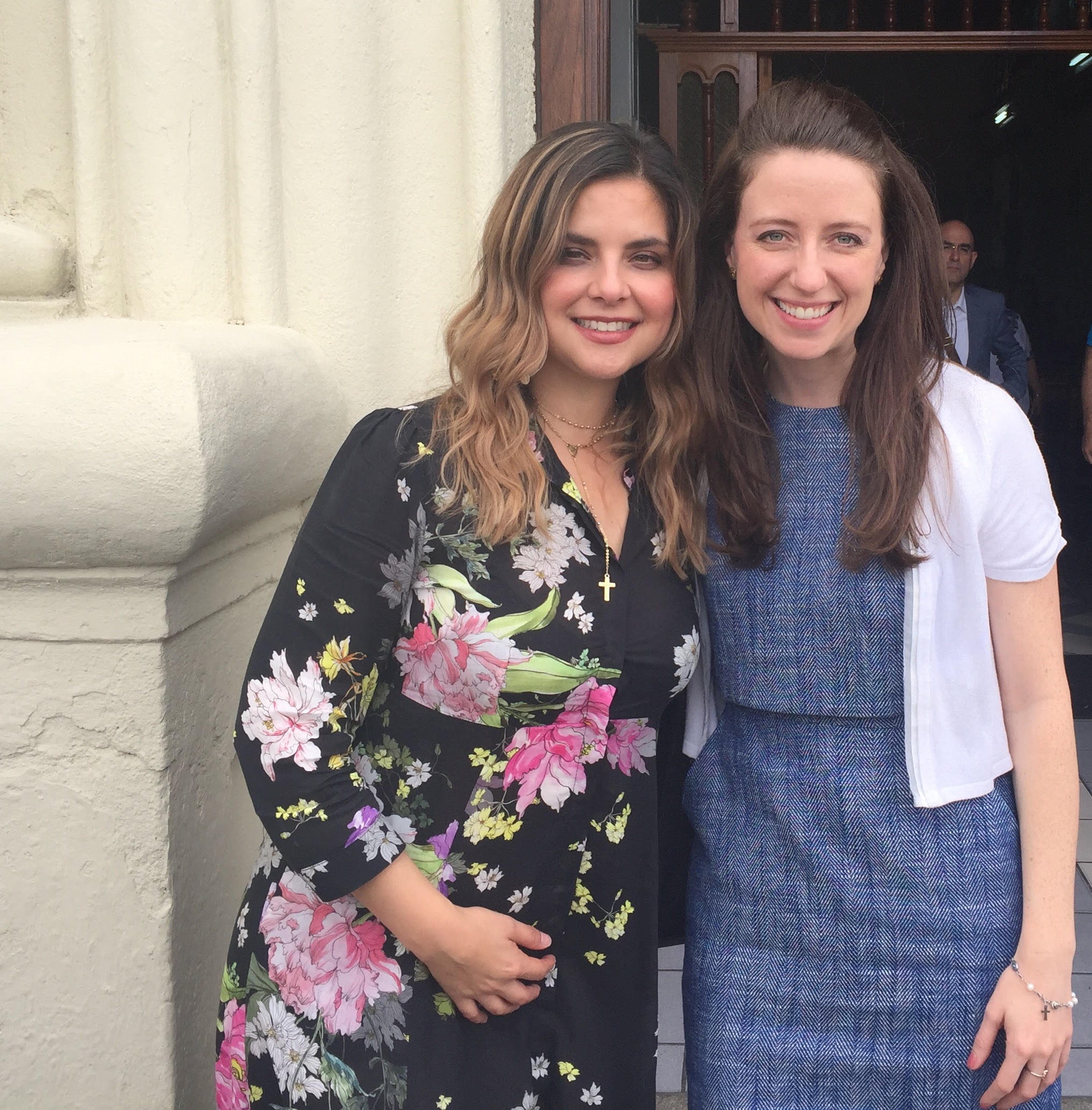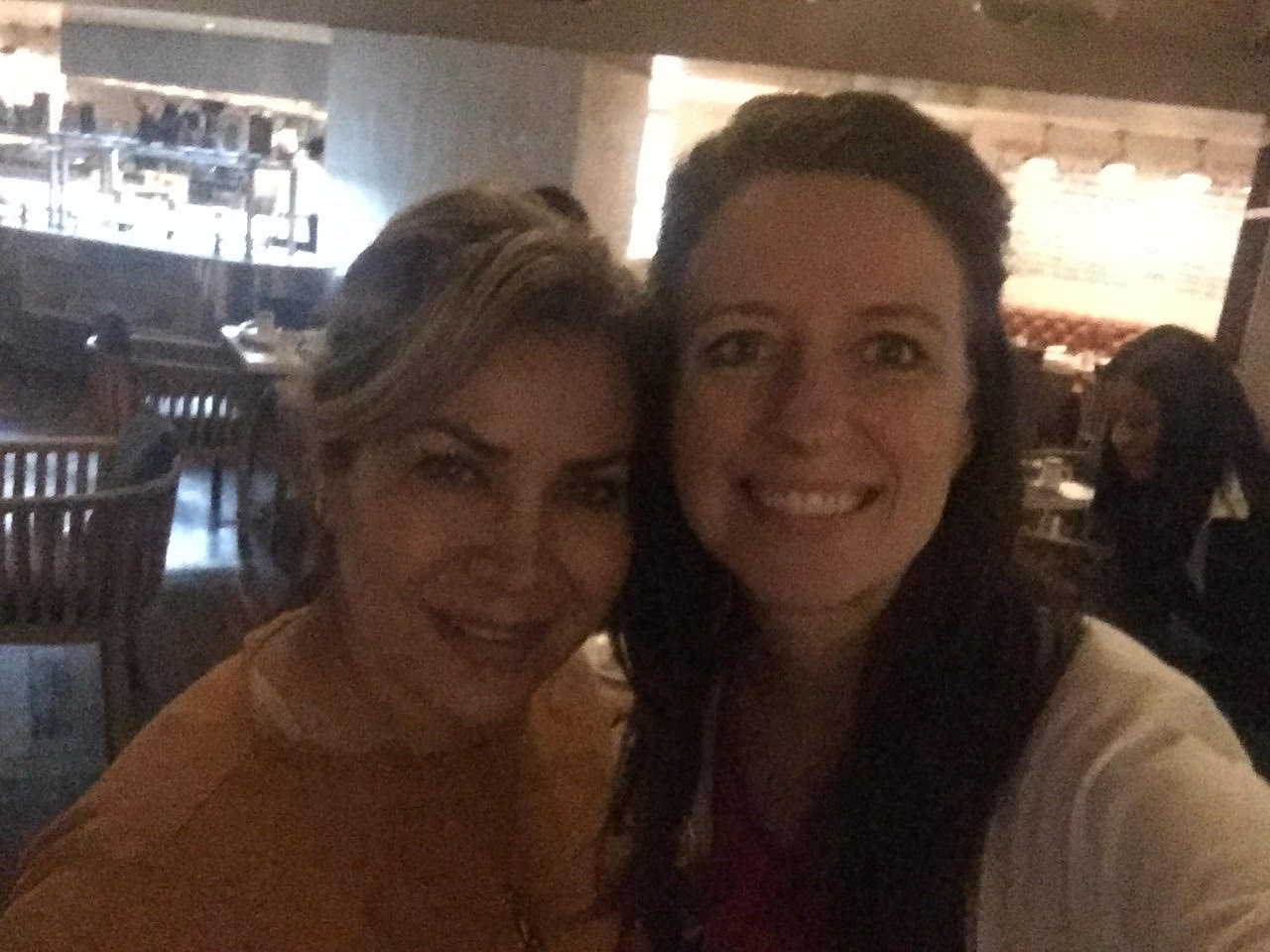One of my friends, a graduate of medical school now doing his residency, sent me an article about ethicists who recently suggested that “conscientious objectors” not be allowed to practice medicine. These ethicists are bold. They propose “removing a right to conscientious objection” and suggest “selecting candidates into relevant medical specialities or general practice who do not have objections.” In short, in such a world it seems pro-life doctors like many of my friends would be pushed out of the practice of medicine—or would they?
As I have written before here and here, I am not a fan of over-emphasizing “conscience” when objecting to objectionable actions. There are solid scientific and human rights-based reasons for doctors to object to practices such as abortion, assisted suicide, and contraception. But if the physicians who won’t participate in these behaviors give the reason of “my religion” or “my conscience,” the effect is to set themselves apart. It sounds like they don’t have good medical reasons for their claims, and as a result, it sounds like the physician is doing something inconsistent with the nature of medicine. It places such medical professionals in the margins—and in doing so, results in them being marginalized.
It ought not be that way. Instead, I propose such physicians (and nurses, etc.) show how their pro-life views align with pre-existing standards within the medical community, scientific research, and widely accepted human rights doctrines. It can be explained like this:
When there are published studies showing how abortion harms women, it can be argued abortion does not promote the pregnant patient’s well-being.
When there is undisputed scientific evidence that human development begins at fertilization and that abortion kills such a human, it can be argued abortion does not promote the pre-born patient’s well-being.
When a cancer patient is in excruciating physical pain because of, as a palliative care physician discovered, a broken relationship with her daughter, euthanasia won’t solve the underlying emotional turmoil (that happened to manifest physically). In other words, we see in this case that assisted suicide does not support the patient’s well-being. Instead, helping heal a fractured relationship does.
As we learned from teens in Attawapiskat and Woodstock Ontario, as well as actor Robin Williams’ suicide, to consider the well-being of a patient is to identify the underlying motivations suffering people have to end their lives, and then eliminate the problem rather than the person. So shouldn’t we do that with any request for suicide?
Assisted suicide is incongruent with this policy because inflicting death takes away the very person the physician is responsible to provide comfort, spiritual, and psychosocial support for. “Kill” has a fundamentally different meaning from “care.” Whereas the former ends life, the latter improves and comforts life.
As I wrote here and here, the Canadian Charter of Rights and Freedoms is actually anti-abortion. Moreover, the United Nations has adopted the International Covenant on Civil and Political Rights which states that in countries where the death penalty is permitted, “Sentence of death …shall not be carried out on pregnant women.”
If giving capital punishment to a guilty pregnant woman would mean killing an innocent child, the UN says you simply must not do it. Since the death penalty violates a pre-born child’s right to life, wouldn’t abortion as well?
In light of the permanent, irreversible, life-ending effects of assisted suicide, abortion, and even abortifacient birth control, these undoubtedly cause harm to patients.
Consider the case of Jeannette Hall. Living with cancer in a state, Oregon, where assisted suicide is legal, she opted to end her life. Her physician informed her that her cancer was treatable and she had good prospects but she still wanted to kill herself, knowing that if she did not pursue treatment she was given an estimate of 6 months left to live. Well she’s alive now, 15 years later, because her physician, wanting to take reasonable steps to prevent her harm, asked her how her son would feel about her plan. Almost two decades later she said to her doctor, “You saved my life.”
Had the physician acted like a robotic automaton and doled out assisted suicide instead of asking questions to help her find meaning and purpose in her life, Jeannette Hall, who is now grateful to be alive, would have experienced the irreversible harm of a life-ending act.
Or take the case of a gynecologist who recently heard me give a presentation. He shared that a patient of his had previously had two miscarriages and now on her third pregnancy, she came to him requesting an abortion. Instead of simply responding to her request, he asked her a question: “How did the miscarriages impact you?” and she talked about how depressed she was and all the emotional turmoil she went through. He asked her another question, “How do you think having an abortion will impact you?” and the woman declared as if having an epiphany, “I never thought of that!” Having an abortion (which would be her choice) after the trauma of multiple miscarriages (which were not her choice) would have compounded her grief. Far from helping her, an abortion would have harmed her.
Just yesterday it was all over the news that a recent medical study shows a link between contraceptive use and higher depression risk. The published harms of birth control are not minor. Consider this list. When fertility is a sign of the body working properly and there is therefore no pathology present that necessitates intervention, and when there is published evidence that hormonal birth control causes harm to an otherwise healthy body, it is entirely reasonable for a physician to not prescribe birth control because to do so would not be beneficial to the patient.
Furthermore, when alternatives to hormonal birth control exist, such as fertility awareness that involves observing changes to a woman’s cervical mucous and published research about using a fertility monitor to determine fluctuating hormone levels (here and here), a physician can provide this information to a patient who can use observable facts to determine her own patterns of fertility.
Moreover, take the case of a Canadian physician whose patient wanted an abortion after discovering, via a 19-week ultrasound, that she was pregnant with a female fetus. The physician sought to understand what could be motivating the patient, and the patient subsequently disclosed that she herself was brutally abused as a child because she was a girl; her request for a sex-selection abortion was grounded in trauma from her past, not a true desire to kill a female fetus. It was clear to the physician that passing the woman along to an abortionist would not address what was ultimately the problem, and instead what was beneficial to the patient was helping her heal from her past. The patient opted to carry to term and is so happy to have her baby girl.
If physicians are involved in the business of killing, how can patients trust that their lives will be preserved? Indeed, that’s a concern of several medical bodies in the United States when it comes to the death penalty. In May of this year, pharmaceutical company Pfizer declared,
“Pfizer makes its products to enhance and save the lives of the patients we serve. Consistent with these values, Pfizer strongly objects to the use of its products as lethal injections for capital punishment.”
The American Medical Association shares this concern and stated,
“No matter how one feels about capital punishment, it is disquieting for physicians to act as agents of the state in the assisting, supervising or contributing to a legally authorized execution. Physicians are fundamentally healers dedicated to preserving life when there is hope of doing so. The knowledge and skill of physicians must only be used for care, compassion and healing. To have the state mandate that physician skills be turned against a human being undermines a basic ethical foundation of medicine – first, do no harm.
“The American Medical Association is troubled by continuous refusal of states to acknowledge the ethical obligations of physicians that strictly prohibit involvement in capital punishment. The AMA's policy is clear and unambiguous – requiring physicians to participate in executions violates their oath to protect lives and introduces deep ambiguity into the very definition of medical care.”
If we should avoid physician involvement in the killing of guilty criminals, how much more should we avoid physician involvement in the killing of innocent sick people?
In closing, whether or not the ethicists get their way and eliminate “conscientious” objectors from medicine, they can’t eliminate research-based, code-of-ethics following, human rights-promoting physicians, which is exactly what pro-life doctors are. After all, as Dr. Michael Bouhadana, family practitioner and palliative and pain care consultant to the Jewish General Hospital in Montreal says,
“A doctor’s job is to cure sometimes, relieve often, comfort always – kill never.”




